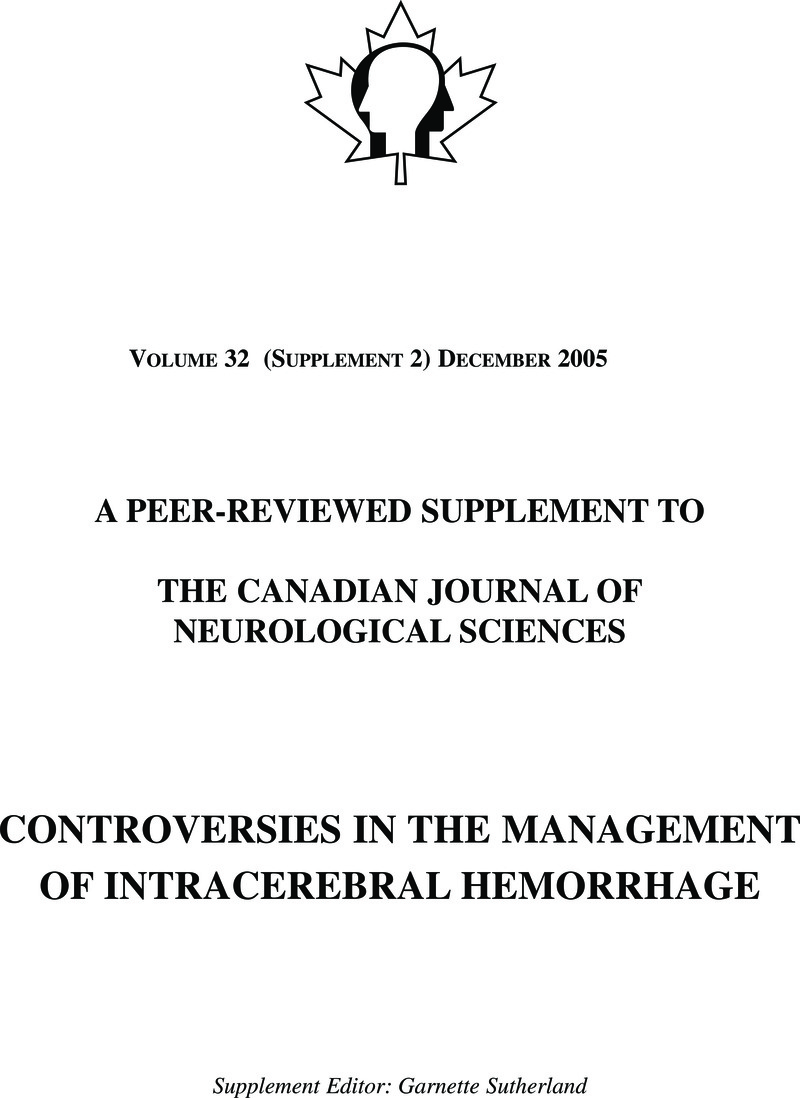Crossref Citations
This article has been cited by the following publications. This list is generated based on data provided by Crossref.
Kunanayagam, S
Abdullah, BJJ
and
Kumar, G
2007.
Stroke in elderly.
Biomedical Imaging and Intervention Journal,
Vol. 3,
Issue. 1,
Dadlani, Ravi
and
Agrawal, Amit
2017.
Hemorrhagic Stroke - An Update.
Katano, Hiroyuki
Nishikawa, Yusuke
Uchida, Mitsuru
Yamanaka, Tomoyasu
Hayashi, Yuki
Yamada, Shigeki
Tanikawa, Motoki
Yamada, Kazuo
and
Mase, Mitsuhito
2023.
Secular trends and features of thalamic hemorrhages compared with other hypertensive intracerebral hemorrhages: an 18-year single-center retrospective assessment.
Frontiers in Neurology,
Vol. 14,
Issue. ,



